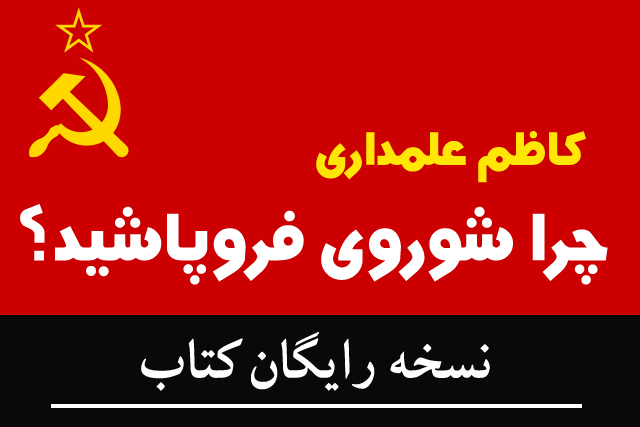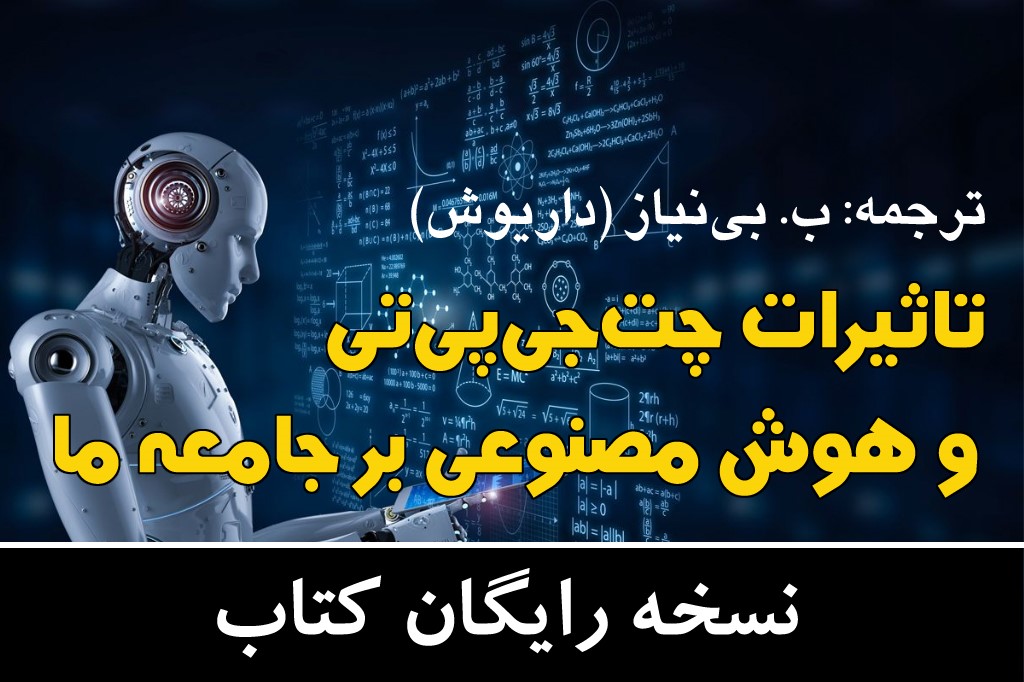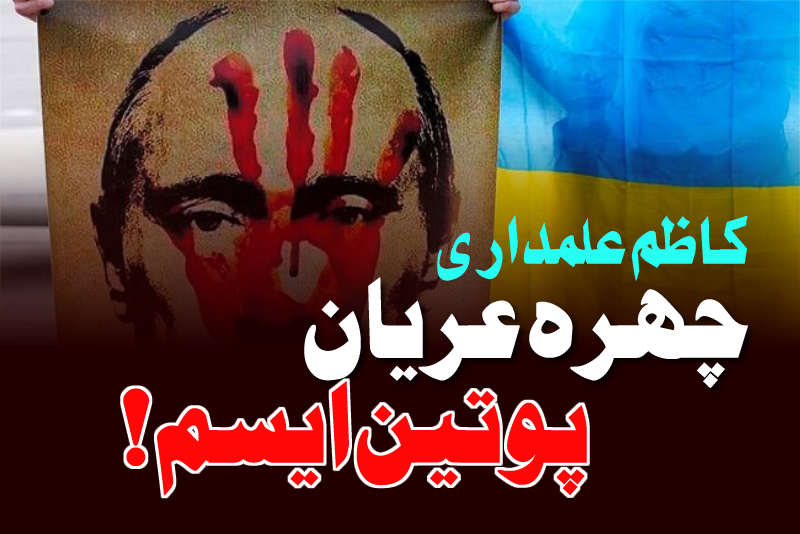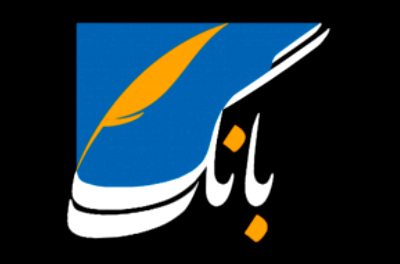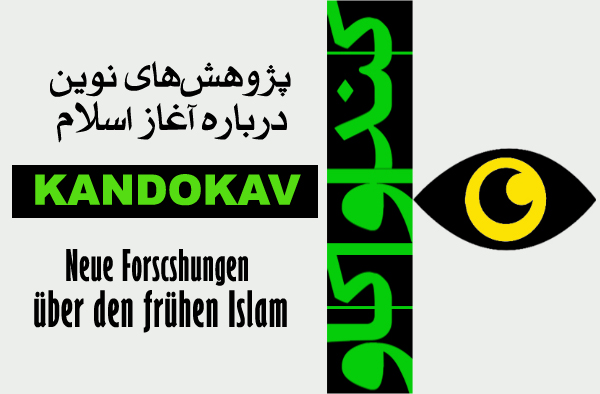| صفحه نخست | خبر و گزارش | سياست | انديشه | فرهنگ و ادبيات | زندگی | محیط زیست | RSS |
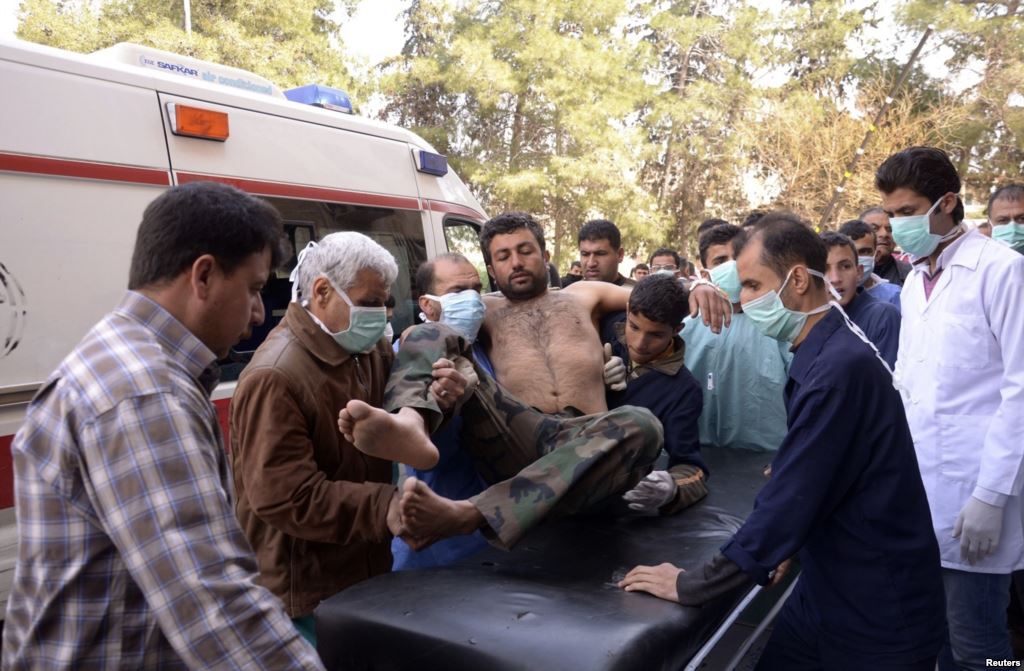
گزینههای اقدام در سوریه
سند پیشنهادی به مقامات ایالات متحدهء آمریکا، وزارت امور خارجه و نمایندگان کنگره
از سوی متخصصان و مسئولینی از نهادهای حل اختلاف و ایجاد تفاهم در آمریکا
در زمینهء راهیابی برای بحران سوریه
گزینههای اقدام در سوریه
پیشنهاد پرزیدنت اوباما مبنی بر حملههای هوایی محدود به قصد “تنبیه” رییس جمهور سوریه، اسد، که متهم به استفاده از سلاحهای شیمیایی است، میباشد. (گزارش بازرسان سازمان ملل برای تأیید استفاده از سلاح شیمیایی هنوز منتشر نشده است). پیشنهاد مزبور برای رساندن این پیام است که ایالات متحده، بیاعتنایی آشکار به منع سلاحهای شیمیایی را که در پروتوکل ۱۹۲۵ ژنو و توافق نامهء سلاحهای شیمیایی در ۱۹۹۳ آمده، برنخواهد تافت.
ما به عنوان متخصصان آمریکایی در امر حل اختلاف که در کشورهای گوناگون دنیا فعالیت داریم، درک میکنیم که تهدید به اعمال زور میتواند انگیزهء قوی برای تغییر رفتارها باشد. با این حال، ما نسبت به این دیدگاه رایج که خشونت (و استفاده از سلاحهای شیمیایی) با به کارگیری زور و تخریب بیشتری کاهش مییابد، تردید داریم.
به نظر میرسد که بحثها در واشنگتن بر حول محور حملههای هوایی همچون اقدامی منفرد، ولی بخشی از روندی طولانی تر، دورمی زنند. استراتژی کاخ سفید ورای این حملههای هوایی چیست؟ آیا این حملهها انگیزه برای به جریان انداختن دوبارهء مذاکرات ایجاد خواهند کرد؟ یا آن که حتی بیش از این، اپوزیسیون سوری را متفرق و رژیم را مستحکم خواهد ساخت؟ آیا چنین حملههایی همچون تسهیل کنندهای برای مذاکرات منطقهای عمل خواهند کرد یا در جهت تشدید اختلافهای منطقهای؟ طرح ما چیست اگر اسد یا شورشیان دوباره از سلاحهای شیمیایی استفاده کنند؟
پژوهشها در رشتهء ما نشان میدهند که مداخلهها برای حمایت از یک طرف درگیری، به میزان پنجاه درصد، درگیری را طولانیتر میسازد. صرفنظر از حملههای هوایی، ابزارهای دیگری برای ” تنبیه” اسد و کاهش تلفات انسانی وجود دارند.
بدون رسیدن به یک توافق سیاسی، درگیری پایانی نخواهد داشت. دیپلماسی، ابزاری ضروری است. ایالات متحده نیاز به همکاری با سازمان ملل و نهادهای دیگر در جامعهء بینالملل دارد تا هر چه زودتر، گفتگو با همهء طرفهای ذینفع ( از جمله روسیه و ایران) صورت بگیرد. یک دیپلماسی خلاق از سوی ایالات متحده با مشارکت جنبشهای جامعهء مدنی سوریه، از جمله گروههای زنان که هم اکنون در پیشبرد صلح و مدارا در محلهها فعال هستند، ضروری است.
دوم، اسد باید در برابر افکار عمومی شرمزده گردد و از راه سازوکار حقوق بینالملل از سوی دیوان بینالمللی کیفری International Criminal Court (ICC) مسئول شناخته شود. ما قادر هستیم که هزینهء معاملههای اقتصادی با اسد را از راه اعلام طرد جهانی او به عنوان فردی تنهکار افزایش دهیم. بیش از پنجاه کشور از ارجاع سوریه به دیوان بینالمللی کیفری حمایت کرده اند، از جمله، اعضای شورای امنیت، بریتانیا و فرانسه. ایالات متحده باید به آنان پیوسته و شورای امنیت را درگیر اقدامات دیپلماتیک فشرده سازد تا روسیه و چین از رأیهای خود برای رد این ارجاع استفاده نکنند.
اسد همچنین باید در افکار عمومی شرمزده شود که جنبهء مهمی از فرهنگ خاورمیانه است. برای نمونه، یک راه مؤثر در این جهت، نشان دادن شواهد استفاده از سلاح شیمیایی برعلیه شهروندان سوریه از راه رسانههاست.
سوم، ما قادر به کاهش خسارت به شهروندان سوریه و ایالات متحده از راه اقداماتی در جهت نجات جان و کسب اعتماد شهروندان سوریه و کشورهای دیگر منطقه، خواهیم بود. راه حلی از سوی سازمان ملل برای آتش بس که شامل همهء طرفهای مسلح درگیری شود، میتواند آغازگر این روند باشد. کنشهای دیگر از این قرارند:
اگر کنگره رأی به حملههای هوایی بدهد، ارتش ما باید اطمینان حاصل کند که نقشهها دقیق هستند تا از تکرار سانحههایی شبیه آن چه در ۱۹۹۹ هنگام بمباران سفارت چین در بلگراد اتفاق افتاد، پرهیز شود. نهادهای اطلاعاتی/امنیتی ما باید مطمئن شوند که ما به دام کشتن شهروندان بیگناه نخواهیم افتاد. بنا به گزارشها، اسد، زندانها را خالی کرده و زندانیان را در مناطقی که هدف حملههای احتمالی ایالات متحده خواهند بود یا در نزدیکی آنها اسکان داده است.
ایالات متحده لازم است که با آژانسهای سازمان ملل جهت دسترسی بیشتر به نیازمندیهای انسانی در صورت حملههای هوایی، هماهنگی به عمل آورد. در حال حاضر، ۸/ ۶ میلیون سوری نیازمند کمک در سوریه و بیش از ۲ میلیون پناهنده در کشورهای همسایه وجود دارند. ایالات متحده باید بودجههای لازم را برای پاسخگویی به نیازهای موجود و نیازهای جدیدی که در اثر حملههای هوایی پیش خواهد آمد، آمادهء استفاده سازد. ایالات متحده باید به سازمان ملل کمک کند که این آژانسها را طی حملههای هوایی باز و امن نگه دارد.
ایالات متحده در کنار ناوگانهای جنگی موجود در خاورمیانه، باید کشتیهای بیمارستانی به منطقه اعزام دارد تا سوریها را صرفنظر از وابستگی سیاسی آنها و این که کی و کجا بیمار یا مجروح شدهاند، پذیرا شوند.
ما معتقد هستیم که ایالات متحده نیرومندتر و امن تر خواهد بود اگر اقداماتی نظیر آن چه در بالا برشمرده شد، در پیش بگیرد. ما رهبران منتخب خود را فرامی خوانیم که منابع ضروری و پشتیبانی لازم را برای این تلاش دیپلماتیک مبرم و چند جانبه در سوریه فراهم سازند.
“Options for Action in Syria”
President Obama’s proposed course of limited military airstrikes is intended to “punish”Syrian President Assad for allegedly using chemical weapons. (The UN inspectors’ report verifying whether chemical weapons were used is not yet out.) This is to send a signal that the United States will not tolerate a flagrant disregard of the ban on chemical weapons, from the Geneva Protocol of 1925 to the chemical weapons convention of 1993.
As American conflict resolution professionals working in countries around the world, we understand that the threat of force can be a powerful incentive to change behaviors. However, we are concerned by the prevailing view that violence(and the use of chemical weapons) will decreaseby applying greater force and destruction.
Discussions in Washingtonseem to center on airstrikes as a discrete act, but they are likely part of a longer process. What is the administration’s strategy beyond the airstrikes?Will the strikes create incentives to get negotiations back on track or will they fragment the opposition even further and entrench the regime? Will they serve as a catalyst for regional talks or for increased regional conflict? What is our plan if Assad, or the rebels, use chemical weapons again?
Research in our field suggests that interventions to support one side of a conflict prolong wars by 50%. With or without airstrikes, there are other tools that can be useful in “punishing” Assad and minimizing loss of life.
There will be no end to the conflict without a political settlement. Diplomacy is the indispensable tool. The U.S. needs to work with the UN and others in the international community to pursue talks with all stakeholders (including Russia and Iran) as soon as possible. Creative diplomacyby the U.S. that involves the participation of Syrian civil society movements, including women’s groups that are currently active in promoting peace and tolerance among communities, is essential.
Second,Assad needs to be held accountable through the public act of shaming and through the international legal mechanism of the International Criminal Court (ICC). We can increase the cost of doing business with Assad by making him an international pariah using these channels. Over 50 countries have supported referring Syria to the ICC, including Security Council members Britain and France. The U.S. should join them and engage the Security Council in intensive diplomatic efforts so that Russia and China will not wield their vetoes to defeat the referral.
Assad can also be held accountable through shaming, an important aspect of Middle Eastern culture. An effective way to do this, for example, is by publicly showing evidence of chemical warfare on Syrian civilians.
Third, we can mitigate the damage to Syrians and to the U.S. by taking actions that help save lives and gain the trust and respect of Syrians and others in the region. A UN resolution for a ceasefire that includes all armed actors would be a start. Other actions include the following:
If Congress approves airstrikes, our military needs to ensure that its maps are accurate to avoid incidents such as the 1999 accidental bombing of the Chinese embassy in Belgrade. Our intelligence services need to ensure that we don’t fall into the trap of killing innocent civilians. Assad has reportedly emptied the prisons and put prisoners in or near potential U.S. targets.
The U.S. should coordinate with UN agencies to assess the increased humanitarian demands in the case of airstrikes. There are currently 6.8 million Syrians in need of aid inSyria and over 2 million refugees in neighboring countries. The U.S. should make funds available to address existing needs and meet new ones resulting from the airstrikes. The U.S. should help the UN keep these agencies open and secure during airstrikes.
Along with the destroyers now in the eastern Mediterranean, the U.S. should send hospital ships to the region to treat Syrians regardless of their political affiliation or of when or how they became ill or were injured.
We believe that the U.S. will be stronger and safer if we take actions such as the ones described above and we urge our elected leaders to provide the necessary resources and support for this intensive and multi-layered diplomatic effort in Syria.
Signed by:
(Organizational affiliations are provided for identification purposes only; they do not indicate organizational endorsements of this statement)
1) Joyce Neu, Ph.D.
Founder and Senior Associate, Facilitating Peace
Redondo Beach, CA
2) Dee Aker, Ph.D.
Interim Director, Joan B. Kroc Institute for Peace & Justice
University of San Diego
3) Sanam Naraghi Anderlini
Co-Founder, International Civil Society Action Network (ICAN)
Senior Fellow, MIT Center for International Studies
Washington, DC
4) Eileen F. Babbitt, Ph.D.
Professor of Practice, International Conflict Analysis and Resolution
The Fletcher School of Law and Diplomacy
Tufts University
Medford, MA
5) Sandra I. Cheldelin, Ph.D.
Vernon M. and Minnie I. Lynch Professor, School for Conflict Analysis and Resolution, George Mason University
Arlington, VA
6) Diana Chigas, J.D.
Co-Director, Reflecting on Peace Practice Program, CDA
Cambridge, MA
7) Cameron M. Chisholm
President, International Peace & Security Institute
Washington, DC
8) Tamra Pearson d’Estrée, Ph.D.
Luce Professor of Conflict Resolution, Josef Korbel School of International Studies
Co-Director, Conflict Resolution Institute
University of Denver
9) Paula Garb, Ph.D.,
Co-Director, Center for Citizen Peacebuilding
University of California Irvine
10) Paula Green, Ph.D.
Founder, Karuna Center for Peacebuilding
Amherst, MA
And Professor of Conflict Transformation, School for International Training
Brattleboro, VT
11) Melanie Greenberg
President and CEO, Alliance for Peacebuilding (for identification purposes only)
Washington, DC
12) Gal Kleinman
Former member of the Israeli Defense Forces, 1989-1992
Israel
13) Milburn Line
Former Executive Director, Joan B. Kroc Institute for Peace & Justice
University of San Diego
Beijing
14) Christopher Mitchell, Ph.D.
Emeritus Professor of Conflict Research
Fairfax, VA
15) Christopher W. Moore, Ph.D.
Partner, CDR Associates
Boulder, Colorado
16) Charles A Reilly.
Kroc School of Peace Studies
University of San Diego
17) Rob Ricigliano
Partnership for Sustainability and Peacebuilding
University of Wisconsin, Milwaukee
18) Lisa Schirch, Ph.D.
Director of Human Security, Alliance for Peacebuilding
Research Professor, Center for Justice & Peacebuilding
Eastern Mennonite University
Harrisonburg, VA
19) Ali Shakeri
Former U.S. – Iranian prisoner of conscience in Evin Prison, Tehran, May – October 2007
Center for Citizen Peacebuilding Board Member
University of California Irvine
20) Hilary Stauffer, J.D.
Human Rights advocate
(Former) Diplomat, Aid worker, UN legal officer
London, United Kingdom
21) Pamela Steiner, Ed.D.
Intercommunal Trust Building Project
Fellow, FXB Center for Health and Human Rights
Harvard School of Public Health
Harvard University
Cambridge, MA
22) Andrea Strimling Yodsampa, Ph.D. (agree in part)
Senior Researcher / Program Manager
The Fletcher School, Tufts University
Medford, MA
23) Anthony Wanis-St. John, Ph.D.
Associate Professor
Director, International Peace & Conflict Resolution, School of International Service
American University
Washington, DC
24) Peter Woodrow
Executive Director, CDA
Cambridge, MA
25) William Zartman, Ph.D.
Professor Emeritus of International Organization and Conflict Resolution
The Johns Hopkins University—SAIS
Washington, DC
|
| |||||||
|
ايران امروز
(نشريه خبری سياسی الکترونیک)
«ايران امروز» از انتشار مقالاتی كه به ديگر سايتها و نشريات نيز ارسال میشوند معذور است. استفاده از مطالب «ايران امروز» تنها با ذكر منبع و نام نويسنده يا مترجم مجاز است.
Iran Emrooz©1998-2024
|
